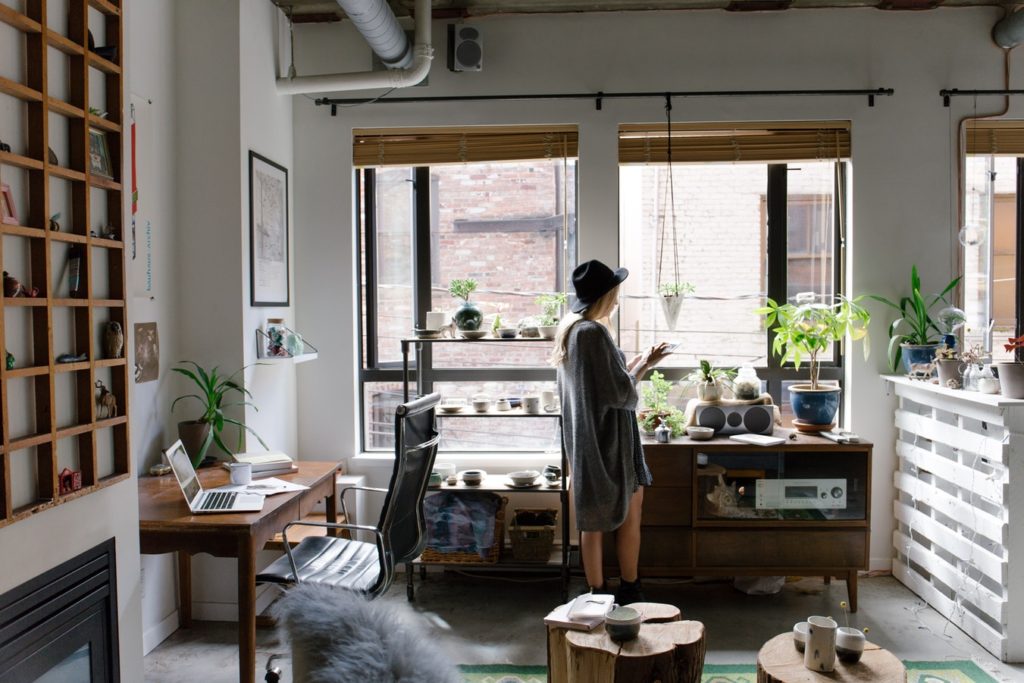
Thinking laterally when it comes to design is about creating something unexpected yet so intuitive that you wonder why it hasn’t been done sooner. The innovation demonstrated by design and art is often overlooked in favour of feats of engineering and technology. Of course, functionality is a priority in most design, but to make it stand out from competition, it has to be visually appealing too. It’s especially breath-taking when the function of the product’s engineering and purpose ties in almost intrinsically with the visual design. Learning to appreciate these finer details make the world seem a whole lot more beautiful.
One: Effort
Part of what makes good design stand out is the effort put into it. This works in two very different ways – someone performing the creation of a design that appears effortless to them, despite the obvious skill it takes to produce, and the effort and detail present in the end product. For example, watching an expert craftsman create often makes it seem as if anyone could copy his designs when in fact it has taken years of refining their skill to become so efficient and make it look so effortless. In other aspects of design, a finished product can look so intricate and well-made that it seems almost impossible for it to have been designed and created by a human. Paying attention to the effort found in design is a great way of showing respect to the creator.
Two: Beauty Makes Life Better
If the world were built simply to function smoothly and practically, there would be no need for design outside of competent engineering. Everything would be dreary and uninspiring with no differentiation between techniques. Good design inspires good design and having aesthetics as well as function to strive for pushes the limits of each. Examples of strong design can be found in everything from ever-shrinking mobile technology to interior styles by online retailer Threel, which prides itself on sophisticated and on-trend products and designs. If the population hadn’t been so in love with the sleek finish on mainstream personal computers, the design world wouldn’t have progressed so far as it has. Beauty affects function, and the connection should not be ignored. Everyday life is made sweeter when you notice a little touch of flair in something unexpected.
Three: Design Becomes Purposeful
The first purpose of good design is to either blend seamlessly into the surroundings or draw attention to itself. The former means that the designer has understood the particular aesthetic of the location and masterfully mimicked it to match the environment. The latter is about ignoring the existing look and standing out. Both are the initial functions of design, but there’s more to it than that. A good, solid understanding of the intended purpose of a product makes it easier to design for and around. By providing limits to the nature of the product, the design becomes more focused and is forced to be more ingenious. In fact, many aesthetically pleasing designs serve multiple purposes apart from simply looking good. The patterns created by gaps in the grills are as functional as they are attractive. The Forth rail bridge is remarkable for its engineering and its beauty.


